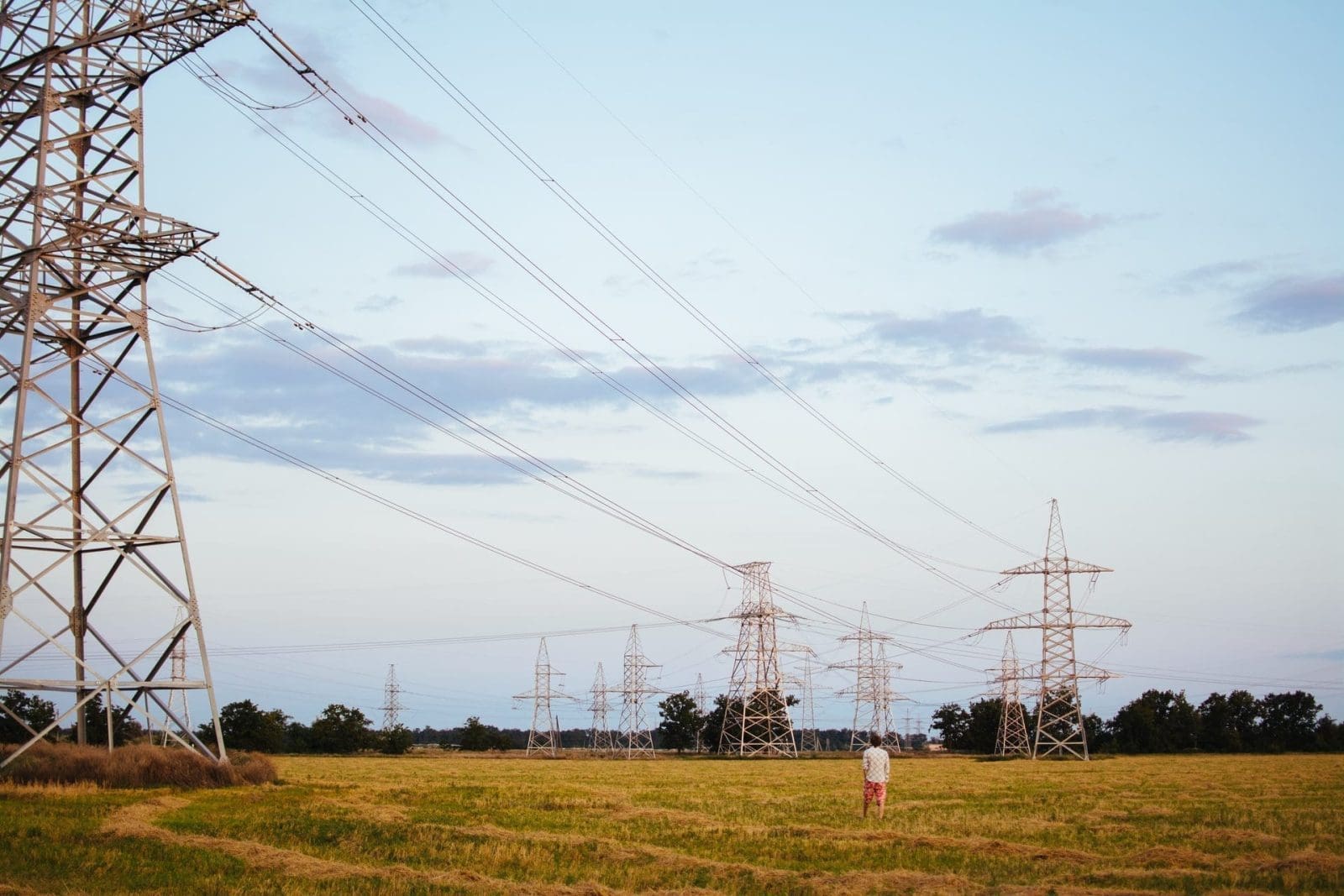With the recent presidential transition, the new administration has vowed to confront the climate crisis head-on. On his first day in office, President Biden signed executive actions undoing regulatory rollbacks and rejoining the Paris Climate Accords. But less than a month into the president’s term, much of the country was already facing a winter weather emergency. This left millions without power and elevated energy policy to the fore of national dialogue, particularly in Texas.
As it stands, policies on renewable energy sources, as well as their prevalence, vary greatly across the country. Different states are outlining radically different plans for the future. Among the most ambitious is New Jersey’s. February’s weather events warrant a closer look at NJ’s policy and how it compares to that of Texas.
What happened in Texas?
The month of February brought devastating storms across much of the country. Perhaps nowhere was hit harder than Texas where, at one point, over four million were left without power. Officials continue to count the human and economic toll of the crisis. Power outages affecting the state’s water treatment plants, as well as burst pipes resulting from the severe cold, left a total of nearly 18 million Texans under Boil Water Notices (BWN) throughout the week of February 14 — a number twice the population of New Jersey. As late as February 26, two weeks after Texas implemented the first BWNs throughout the state, almost 700,000 Texans remained without potable water.
What is Texas’ policy on renewables?
Commentators have placed much of the blame on Texas’ deregulation of its power grid (the only stand-alone grid in the contiguous United States). State officials, including Governor Greg Abbot, pointed fingers toward sources of renewable energy like solar and wind power. This comes despite the fact that the state’s power grid is dominated by fossil fuels while leading the nation in crude oil production.

Photo by Matthew T Rader
Texas last updated its renewable energy mandate was in 2005, when it committed to generating 10,000 megawatts (around 10 percent of the state’s total generating capacity) from renewables by 2025. The state surpassed that number in 2009, and renewables currently account for about one-fifth of electricity generated in the state.
What does the Garden State have planned and how does New Jersey’s Energy Policy compare?
New Jersey, however, is a much different picture. Whereas Texas surpassed its own renewables goal a decade and a half ahead of schedule, renewable energy provides a measly five percent of Jersey’s energy generation. As a result, state officials put forth a bold plan to move Jersey onto greener pastures.
In February of 2018, after the withdrawal of the federal government from the Paris Climate Accords, New Jersey committed to upholding the agreement regardless. Governor Murphy signed Executive Order 28 in May of 2018. The order mandates that by 2025, 35 percent of the Garden State’s energy must come from qualified renewable energy sources. By 2030, that number becomes 50 percent. The end goal of the so-called Energy Master Plan is 100 percent renewable energy by the midpoint of the 21st century.
There are seven key strategies that constitute this policy, though the ultimate aim is rather straightforward. The goal is to reduce emissions, reign in climate change, and build a strong economy around green energy.
Regardless of these broader government policies or New Jersey’s energy policy, there is still plenty you can do as an individual to reign in emissions, save energy and protect your wallet.
With the completion of our state's first community solar energy project, we’re:
✅Positioning NJ as a leader in the innovation economy
✅Advancing our goal of 100% clean energy by 2050
✅Investing in our communities
✅Ensuring equity in clean energy accesshttps://t.co/AlZgFgDSqL pic.twitter.com/Cj2ZIC3YPP— Governor Phil Murphy (@GovMurphy) January 28, 2021
Photo by Rodion Kutsaev
